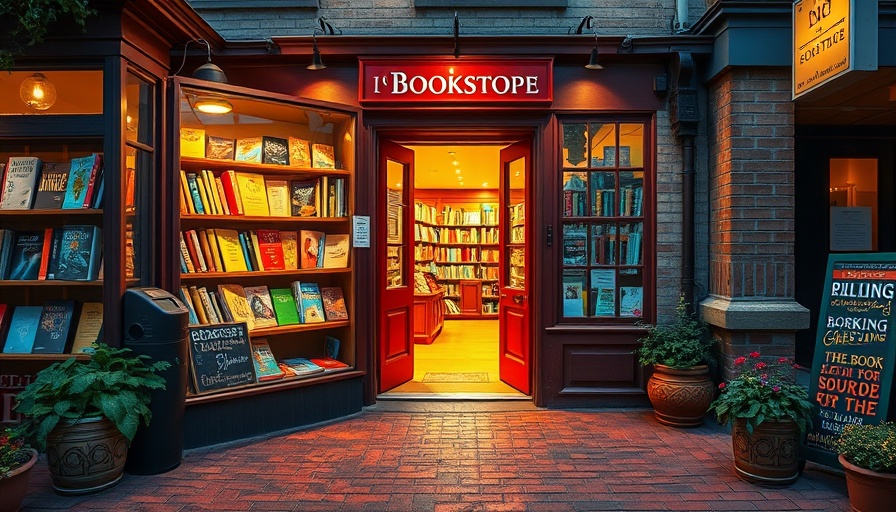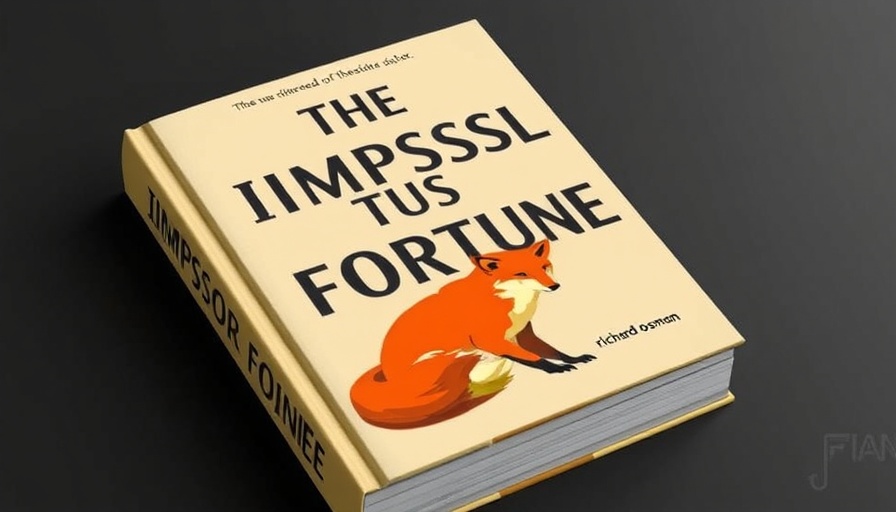
Exploring the Intersection of Past and Present in The Harbinger
Sarah Heximer's debut novel, The Harbinger: A Triquetra Chronicle, invites readers into an intricate world where mystical exploration intersects with historical mystery. Set against dual timelines—one in contemporary times and the other in 16th-century England—the narrative challenges us to consider how our past lives may influence our current experiences. This unique premise resonates with a growing interest in historical fiction that blends elements of magic and reality, echoing contemporary works that bend the genre’s boundaries and enrich our understanding of both history and human connection.
A Journey Through Mysticism and Self-Discovery
Heximer’s characters, Sophia and Ann, embark on transformative journeys as they navigate their intertwined destinies across these timelines. This approach not only keeps readers engaged but also fosters a sense of connection. Many readers may find pieces of themselves reflected in the characters' struggles and triumphs, reinforcing the historical fiction mystery genre’s role in understanding the resilience of the human spirit.
The Significance of Strong Female Characters
In today's literary landscape, the depiction of powerful female leads is more critical than ever. Heximer's choice to create female characters that explore their identity through friendship and personal growth positions The Harbinger within a rich tradition of literature that honors women’s voices in history. As readers dive into the narrative, they join Sophia and Ann in unraveling hidden truths that speak to the challenges and victories of women throughout time, echoing themes reminiscent of authors like Kristin Hannah and Kate Quinn.
Historical Insights and Research Flow
One of the notable aspects of The Harbinger is Heximer's seamless blending of detailed historical research with storytelling. Rather than becoming bogged down by facts, Heximer integrates her discoveries naturally within the plot, enhancing the reader's experience without overwhelming them. This balance between storytelling and factual accuracy is crucial in historical fiction. It not only educates but also enriches the narrative, allowing readers to feel the weight of the world's history while engaging with the characters’ journeys.
Why Readers Should Embrace Historical Mysteries
In a time where the past often feels buried beneath the weight of modern life, The Harbinger serves as an invitation to explore the complex relationship we have with our histories. Heximer elegantly weaves themes of resilience, secrets, and the quest for identity throughout her novel, allowing for a gripping emotional experience that feels both timely and timeless. For fans of clean romance and historical intrigue, this book provides a treasure trove of reflections on love, loss, and discovery.
Connecting with the Authors and Their Inspirations
As readers engage with The Harbinger: A Triquetra Chronicle, they might also find themselves curious about Heximer’s inspirations and writing process. The novel not only represents the culmination of her lifelong passion for storytelling but also embodies the spirit of exploration and the celebration of female friendships. Such insights highlight the importance of authorial intention in crafting narratives that resonate with contemporary readers.
In summary, The Harbinger invites readers to investigate not only the fascinating interplay of history and mysticism but also to reflect on how their own pasts inform their present experiences. By embracing this story, you embark on a journey toward understanding the broader human experience that resonates across time.
 Add Row
Add Row  Add
Add 




Write A Comment